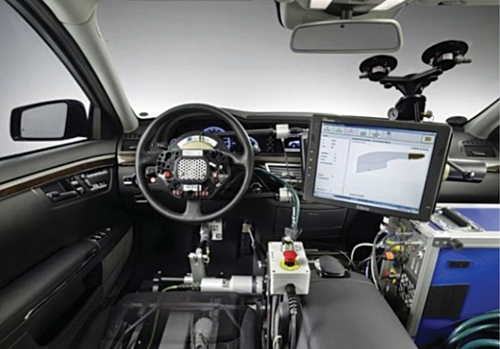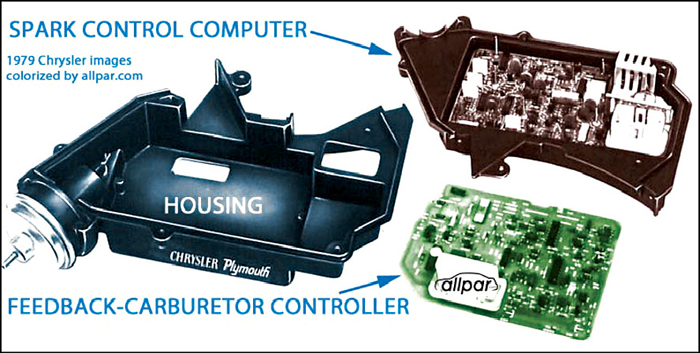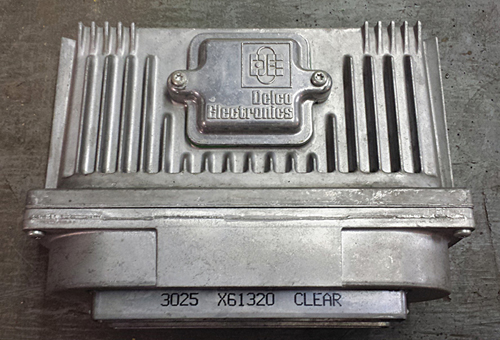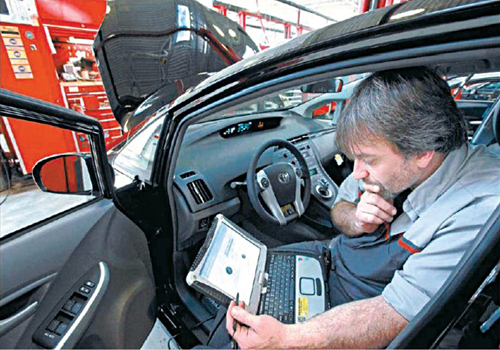The time is 7.30pm and you have just managed to end your business meeting. However, you still have more tasks to complete. Your travel time back to your home is about an hour and you would like to get moving at the earliest. You take some deep breaths to relax from the grilling meeting, fish out your mobile phone on which rests an app that will have the nearest cab sent to you. Within seconds of sending the request you receive a text confirmation and in the next few minutes—the cab.

“Home,” you say, as you start initiating a video call with a prospect in New York. The car first checks road conditions and then glides into the self-drive lane, checking and flashing a message that you are likely to reach home in the next 45 minutes. During this time, you will have closed a business deal with the New York prospect, apprised a subordinate, answered a few calls from your office and yes, also set your pick-up time for tomorrow morning. You reach home relaxed and ready to spend some quality time with your family. As you get off the car, it glides away to pick up its next guest. No one wishes you good night—as there is no driver in the car!
This technology is enabled by equipping cars with a host of sensors, cameras and radar systems. Artificial intelligence (AI) then guides the cars as to where to drive. It is important that the automobiles collect a vast quantity of data about nearby obstacles, compute risks and make micro-second decisions.
How it all began
Modern solid-state control systems made their way into automobiles only in the early seventies with the proliferation of transistor technology and affordable solid-state products. The transistor served a very good purpose to incorporate aspects like the ignition’s mechanical points into electronic ignition modules. This was maintenance-free, more reliable and cost-effective. The growing need of being able to control automobiles with higher accuracy in order to meet the tightening emissions and fuel economy standards catalysed the automotive computer systems’ evolution.



Modern automotive computer systems came into the picture only by early 1980s when almost every car manufactured in the US had a check-engine light and a primitive computer. The onboard computer was indeed a bit ancient, given its huge tin box with edge-board connectors which had a propensity to oxidise and result in drivability issues. Stricter emission laws saw the advent of microprocessors in car engines, since sophisticated control processes were needed to regulate the air and fuel mixture so that the catalytic converter could eliminate most of the pollution from the exhaust.






